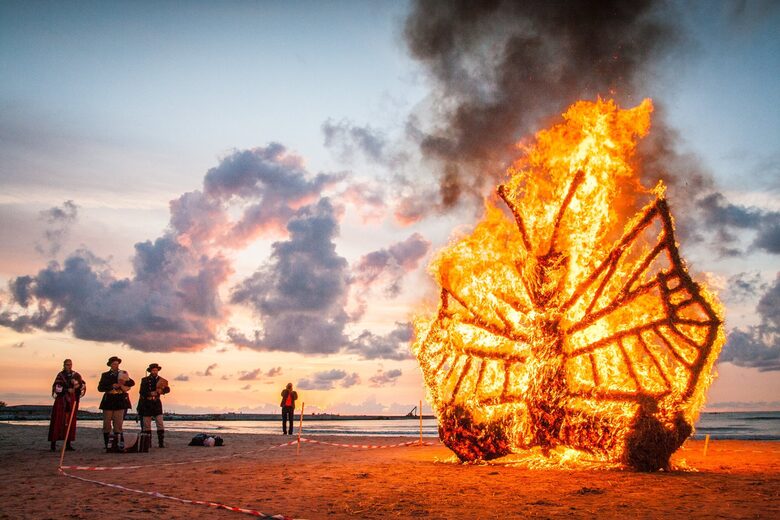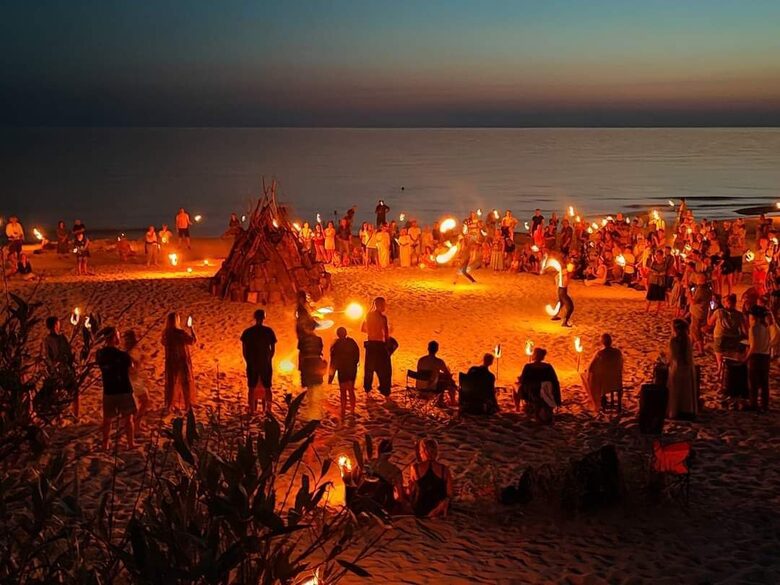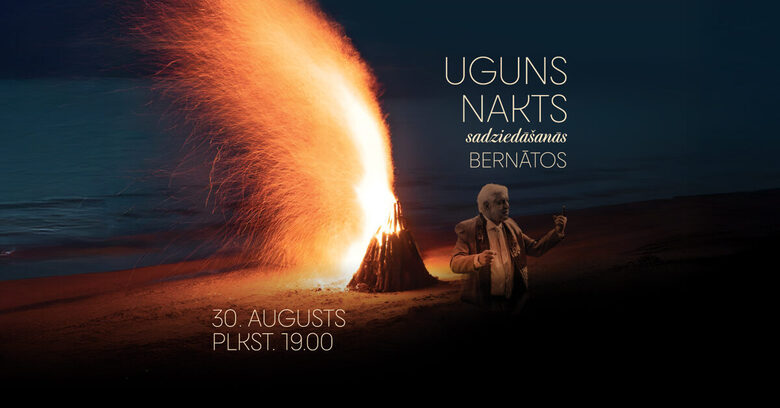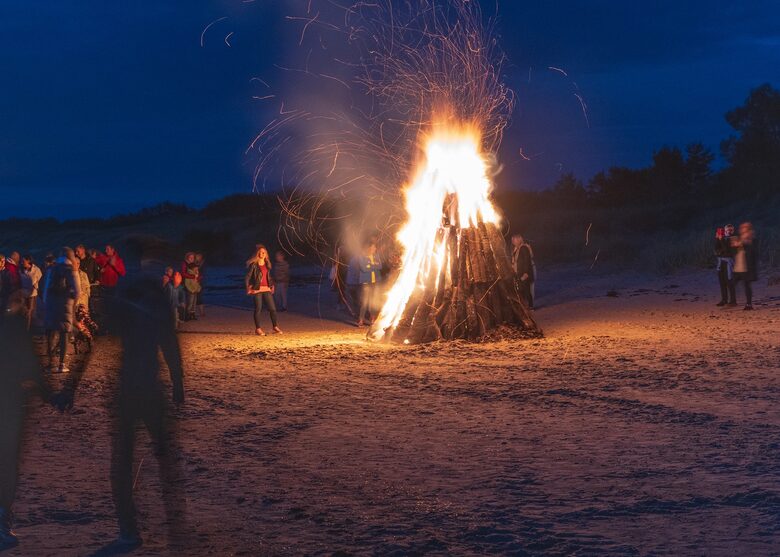The earliest written records of sending messages using fire in the Baltic Sea region date back to the Viking Age. At that time, a unified surveillance system operated along the coast near shipping routes, extending from the open sea to inland areas. Each coastal village was required to contribute a specific role in lighting and maintaining the beacons. Failure to pass on messages was met with severe penalties.
The revival of the ancient fire tradition was initiated by the Cultural Board of Turku County in Finland. In 1992, the first bonfires were lit in the southern archipelago islands, and a year later, bonfires were also lit in several coastal villages of Estonia. The evening of lighting these ancient fires came to be called the Night of the Ancient Fire. Today, the main purpose of lighting the bonfires is to promote unity among the Baltic Sea countries, preserve cultural heritage, foster interest in regional and cross-border connections, and emphasize the need for cooperation.
Since then, bonfires have been lit every year on the last Saturday of August at 20:30 Finnish time. On this evening, the chain of fires across the Gulf of Finland and the Åland Islands even extends to Sweden. Bonfires are also lit along certain coasts of Lithuania, Poland, Germany, and Denmark, as well as along inland waters in Estonia.



